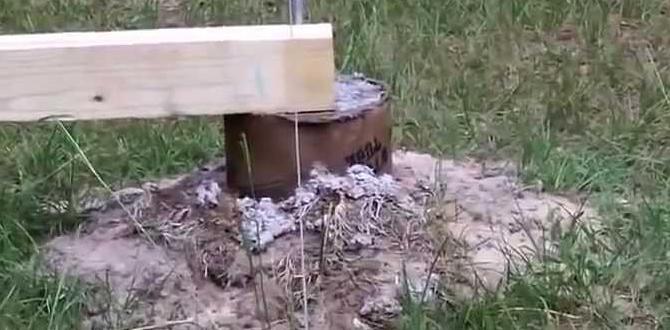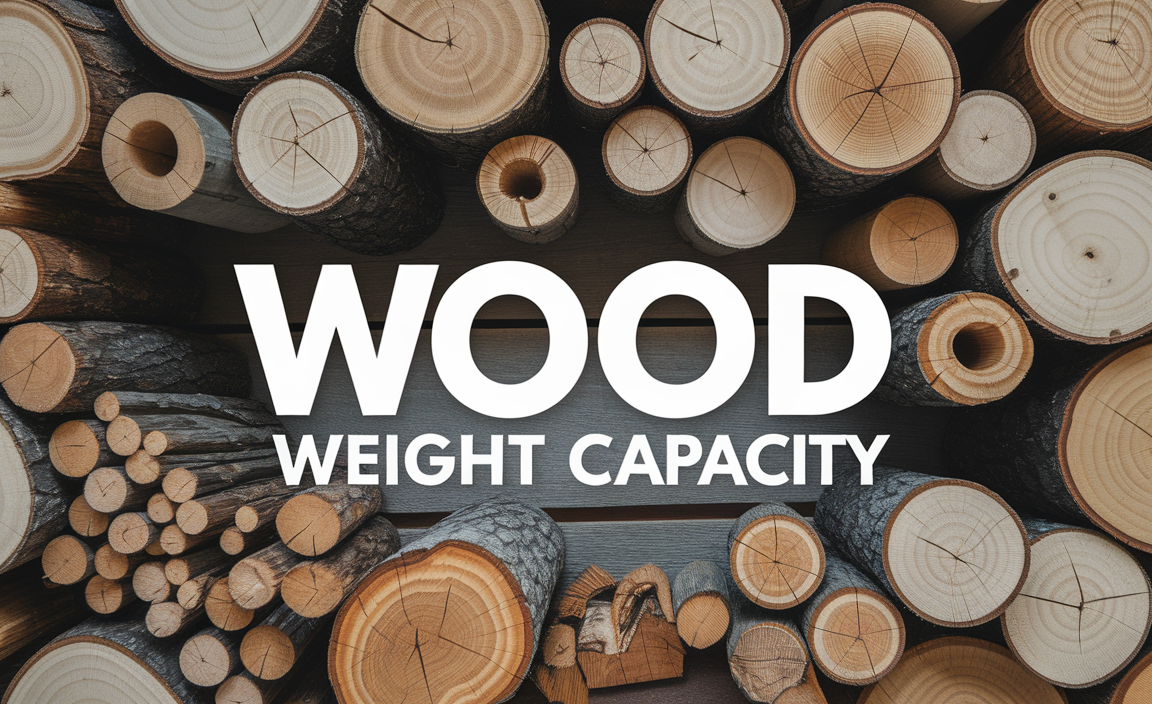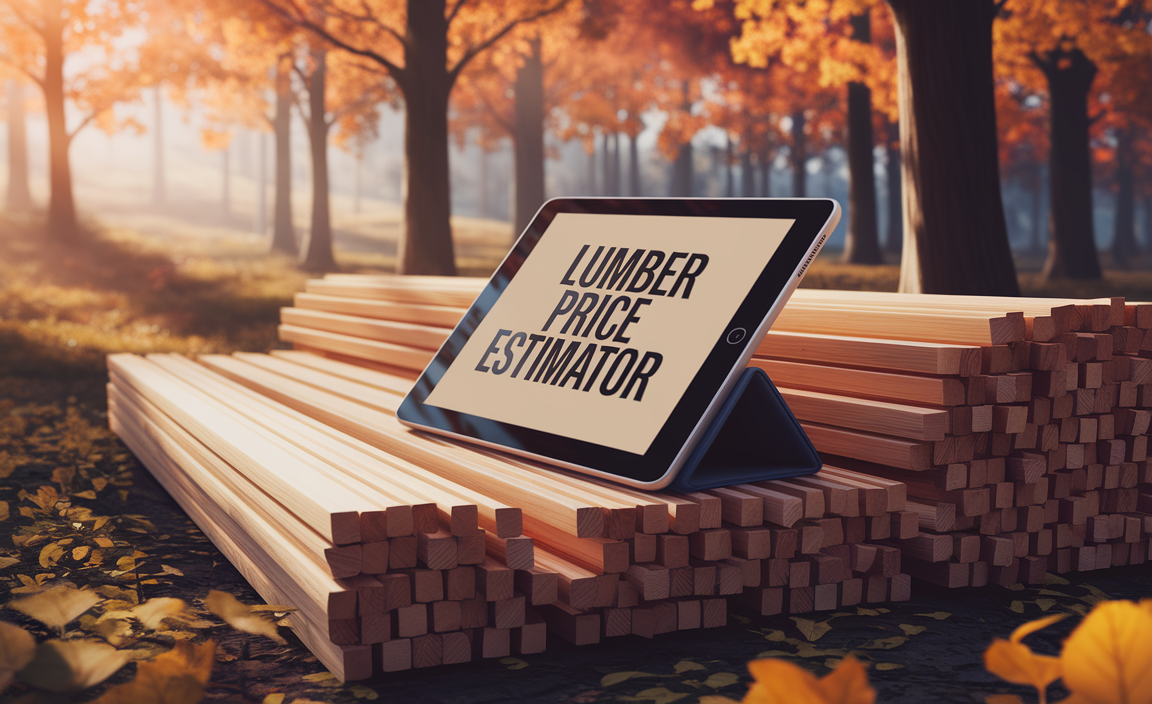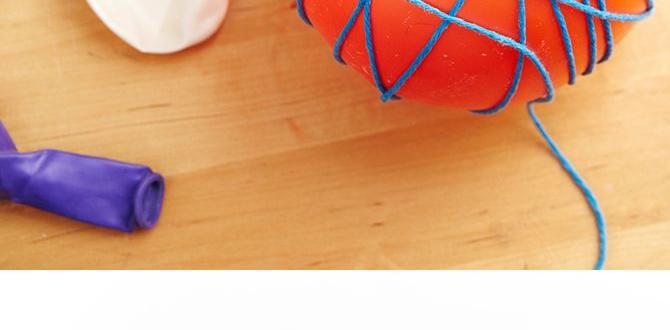Building a shed can be a fun project. Imagine having your own space for tools, crafts, or even a cozy hangout. But before you start, there’s something important to think about: the foundation. A strong shed foundation is key to keeping your structure safe and level.
Are you ready to dive into this? Learning how to build a shed foundation might seem tricky. But don’t worry! It’s not as hard as it sounds. With the right steps, you can build it even if you are a beginner.
Did you know that a solid foundation can help your shed last longer? Many people overlook this step and face problems later. From shifting ground to moisture issues, a weak foundation can lead to big headaches. Why not start your project on the right foot?
In this step-by-step guide, we will break it down for you. You will learn everything from planning to laying the first block. By the end, you’ll feel confident in your skills. So, let’s get started on this foundation journey together!
Table of Contents
How To Build Shed Foundation: Step-By-Step Guide For Beginners

How to Build Shed Foundation: Step-by-Step Guide for Beginners
Building a strong shed foundation is crucial for your project’s success. Start by selecting the right location and measuring the area. Then, dig out the site to create a level base. Did you know that a sturdy foundation can prevent water damage and pests? After that, use gravel for drainage before laying down wood or concrete blocks. This ensures your shed stands firm for years to come. Building a foundation is easier than it sounds, and it pays off in the long run!Understanding Shed Foundation Types
Explanation of different foundation types: gravel, concrete block, and concrete slab. Pros and cons of each foundation type for shed construction.Choosing the right foundation for your shed is like picking the perfect ice cream flavor—each has its perks! There are three common types: gravel, concrete block, and concrete slab. Gravel is easy to work with and provides good drainage, but it can shift over time. Concrete blocks are sturdy and allow for good air circulation, yet they may need extra support for heavier sheds. Finally, concrete slabs are super strong and durable, but they require more effort and money to install. Here’s a quick comparison:
| Foundation Type | Pros | Cons |
|---|---|---|
| Gravel | Easy to install, good drainage | Can shift, not as sturdy |
| Concrete Block | Sturdy, allows air circulation | May need extra support |
| Concrete Slab | Super strong, very durable | More effort and cost |
Pick wisely, and you’ll have a shed foundation that lasts longer than your neighbor’s cat! 🐱
Choosing the Right Location for Your Shed
Factors to consider when selecting a site for your shed. Importance of sunlight, drainage, and accessibility in location choice.Choosing the right spot for your shed is like picking the best seat in a movie theater—crucial for a good experience! First, think about sunlight. A sunny area helps keep your shed dry and bright. Next, check for drainage. You don’t want your tools swimming after it rains! Lastly, make sure it’s easy to access. You want to reach your shed without a scavenger hunt. Here’s a quick checklist:
| Factor | Why it Matters |
|---|---|
| Sunlight | Prevents dampness and boosts visibility. |
| Drainage | Keeps your shed from becoming a swimming pool. |
| Accessibility | Lets you get to your tools easily, no obstacle course required! |
So, pick wisely, and your shed will serve you well!
Preparing the Ground for the Foundation
Steps to clear and level the ground. Importance of compaction and proper grading.Start by removing any grass, rocks, or debris from the area. You want your shed to sit on a clear, solid base. Next, use a shovel or a rake to level the ground. This step is like making a giant pancake; it has to be smooth! Compact the soil by walking on it or using a tamper. Compaction helps prevent your shed from sinking. Proper grading ensures water drains away, keeping your shed dry.
| Step | Description |
|---|---|
| Clear the Area | Remove grass, rocks, and debris. |
| Level the Ground | Use a shovel or rake to smooth the surface. |
| Compact the Soil | Walk on the soil or use a tamper. |
| Grade Properly | Ensure the ground slopes for drainage. |
Following these steps will give your shed a solid start. Remember, a great foundation will keep your shed happy for years!
Building a Gravel Foundation
Stepbystep guide on constructing a gravel pad. Tips for calculating gravel depth and volume needed.Ready to make a super-strong gravel foundation for your shed? It’s like building a cozy bed for your shed! First, pick a level area and clear it of grass and roots. Next, use stakes and string to mark the space. Now, dig a shallow trench around the edge. It’s like making the outline for a giant pizza! Fill the trench with about 4 inches of gravel to start your base.
To know how much gravel you need, measure the length and width of your space. Multiply these numbers to find the area. Then, just multiply that by the desired depth. For example, if your area is 10 feet by 10 feet and you want 4 inches deep, that’s about 1.5 cubic yards of gravel. Easy, right? Just remember, too much gravel can make your shed feel like it’s on a bumpy roller coaster!
| Measurement (ft) | Depth (in) | Volume (cubic yards) |
|---|---|---|
| 10 x 10 | 4 | 1.5 |
| 12 x 12 | 4 | 2.0 |
| 8 x 10 | 4 | 1.1 |
Now, spread the gravel evenly, and you’ve got a solid foundation to rest your shed on! Grab a rake and smooth it out. Voila, your gravel base is ready to start its new job!
Constructing a Concrete Block Foundation
Detailed instructions for laying a concrete block foundation. How to ensure stability and levelness in block placement.Start by choosing a flat area for your concrete block foundation. Outline the shape with stakes and string. Next, dig a trench about 8 inches deep and wide enough for the blocks. Lay a level of gravel for drainage. As you place each concrete block, use a level to check for flatness. Remember to stagger the blocks like bricks for strength. A strong foundation keeps your shed safe and steady.
What materials do I need for a concrete block foundation?
You’ll need concrete blocks, gravel, leveling tool, and mortar. These help create a solid and stable base for your shed.
- Concrete blocks
- Gravel
- Leveling tool
- Mortar
- Shovel
Pouring a Concrete Slab Foundation
Comprehensive guide on pouring a concrete slab for foundation. Recommended techniques for smoothing and curing the slab.Creating a solid foundation starts with pouring concrete. First, prepare a flat area where your shed will sit. Use a shovel to dig about four inches deep. Next, add rocks for drainage and a base. Now it’s time to mix concrete. Pour it into your prepared area, making sure it fills all corners. To smooth the surface, use a trowel like a pro—or try to avoid looking like a toddler with finger paints!
| Step | Action |
|---|---|
| 1 | Prepare the area by digging and leveling. |
| 2 | Add gravel for drainage. |
| 3 | Mix and pour the concrete. |
| 4 | Smooth the concrete with a trowel. |
After pouring, let the concrete cure for at least a week. Keep it wet to prevent cracks. Remember, patience is key! You want your foundation to be as tough as a superhero. Follow these steps, and you’ll have a strong base to work on.
Anchoring Your Shed to the Foundation
Methods for securing the shed to the foundation. Importance of anchoring to prevent shifting and settling.Securing your shed to the foundation is like giving it a warm hug! You can use different methods to anchor your shed and keep it steady. Options include concrete anchors and metal brackets. These tools help stop your shed from shifting or settling into the ground. Just imagine your shed trying to dance away in a strong wind! That would be hilarious, but not safe!
| Method | Description |
|---|---|
| Concrete Anchors | Secures the shed firmly to its base using strong concrete. |
| Metal Brackets | Holds the shed tight to the foundation, perfect for sturdy support. |
Anchoring your shed is important for its safety and longevity. With proper anchoring, you can wave goodbye to worries about your shed’s security!
Common Mistakes to Avoid
List of common errors beginners make when building a shed foundation. Tips for troubleshooting and correcting mistakes during the process.Building a shed foundation can be tricky. Many beginners make silly mistakes that can lead to big problems. One common error is not checking the level ground. Uneven surfaces can make your shed wobble like a dance party gone wrong! Another mistake is overlooking drainage, which can turn your foundation into a mini swimming pool. It’s also easy to forget to measure twice; cutting once too short can be a real headache. If things go awry, ask for help or look for online videos. Remember, even pros make mistakes! Keep a sense of humor, and you’ll get it right!
| Common Mistakes | Tips to Fix |
|---|---|
| Uneven Ground | Level the site before starting. |
| Poor Drainage | Add gravel or sand for better flow. |
| Incorrect Measurements | Measure twice before cutting once. |
Conclusion
Building a shed foundation is easy with a step-by-step approach. First, choose a level spot. Then, measure and mark your area carefully. Next, dig and fill it with gravel or concrete. Finally, let it set before building your shed. We encourage you to try this project. You’ll gain skills and confidence. Read more about specific materials for even better results!FAQs
What Are The Different Types Of Shed Foundations, And Which One Is Best For My Needs?There are a few basic types of shed foundations. The first is a concrete slab, which is strong and lasts a long time. Another type is wooden skids, which are just wood beams on the ground. You can also use gravel, which helps with water drainage. For a small shed and easy setup, wooden skids might be best for you!
How Do I Measure And Prepare The Site For A Shed Foundation?To measure your site for a shed foundation, start by marking where you want the shed. Use stakes or flags to outline the shape. Then, measure the length and width with a tape measure. Make sure the area is flat and clear of rocks or plants. Finally, remove any dirt or grass to create a smooth spot for your shed.
What Materials Are Required To Build A Sturdy Shed Foundation?To build a sturdy shed foundation, you need some important materials. First, get treated wood for the frame because it resists rot. Then, use gravel for drainage to prevent water from pooling. You will also need concrete blocks or pavers to support the corners. Finally, a level will help you keep everything straight and even!
What Are The Steps Involved In Pouring A Concrete Slab For A Shed Foundation?To pour a concrete slab for a shed foundation, first, choose a flat area. Then, dig a hole to fit the slab size. Next, place wooden boards around the hole to hold the concrete. After that, mix the concrete and pour it into the hole. Finally, smooth the top and let it dry.
How Do I Ensure Proper Drainage And Leveling For The Foundation Of My Shed?To make sure your shed has good drainage and is level, start by picking a flat area. You can use a shovel to dig out any bumps. Next, put down gravel to help water drain away. Finally, use a level tool to check that the ground is even. This way, your shed will stay safe and dry!






